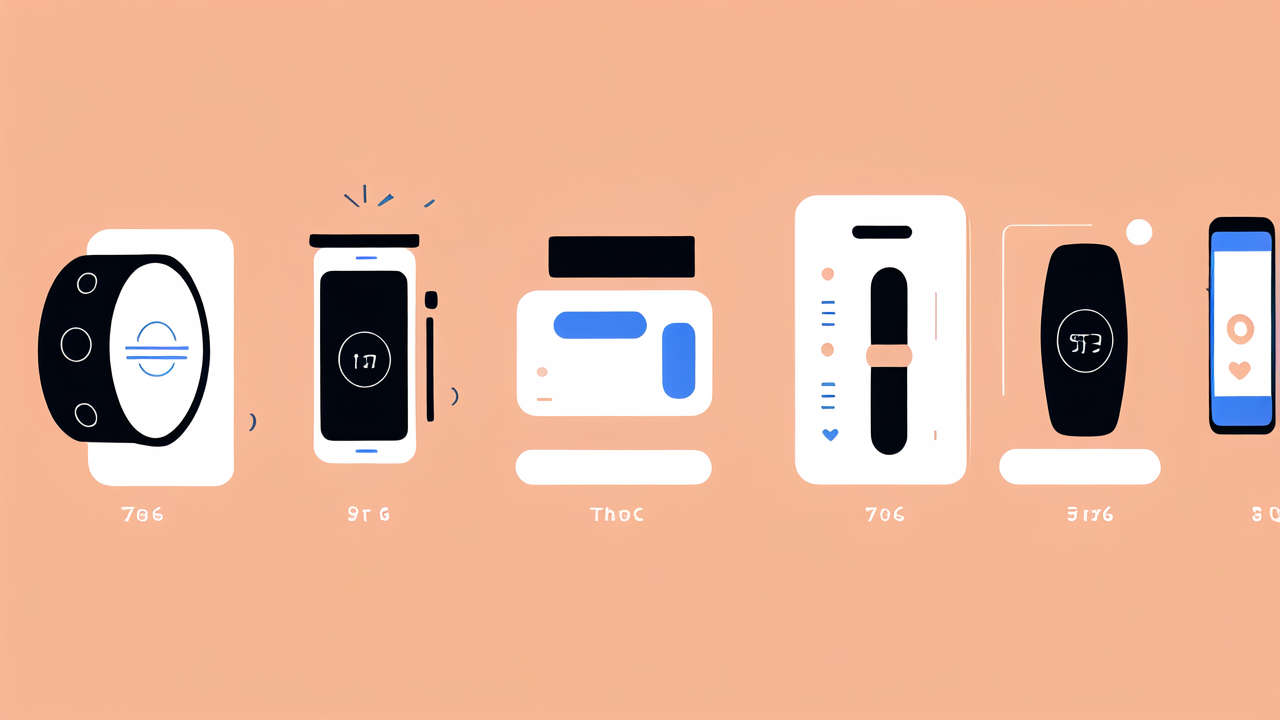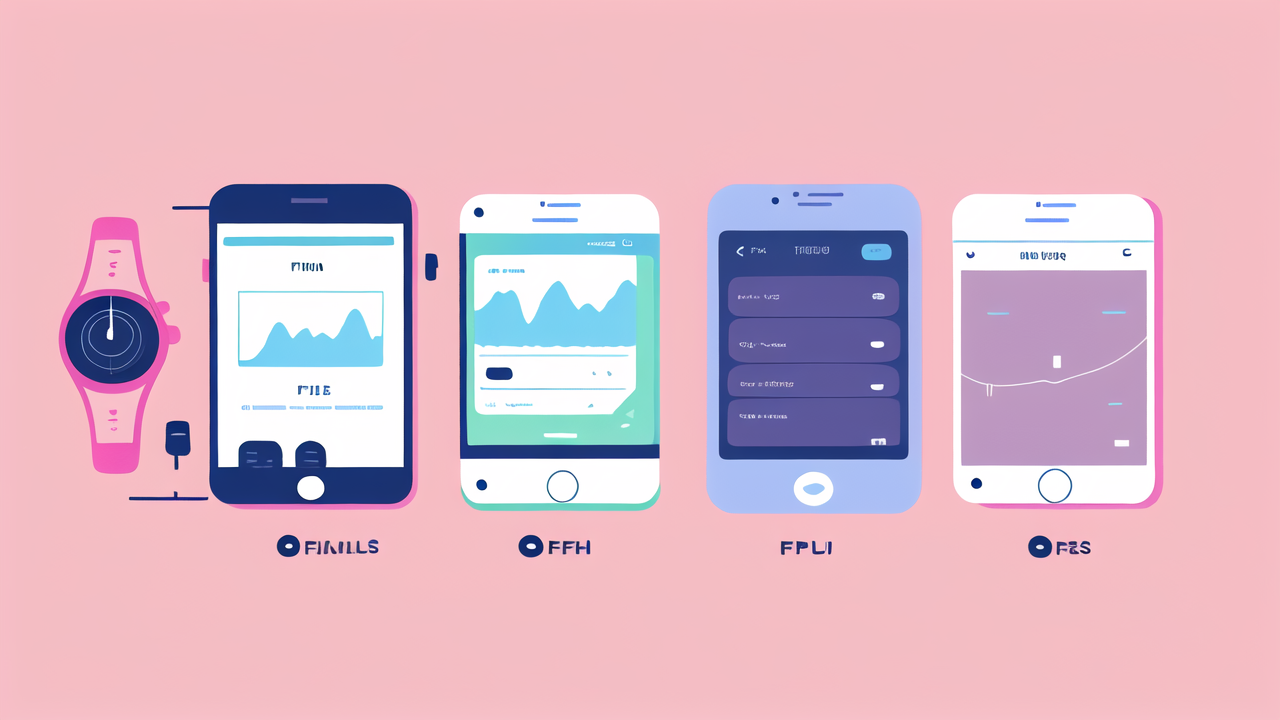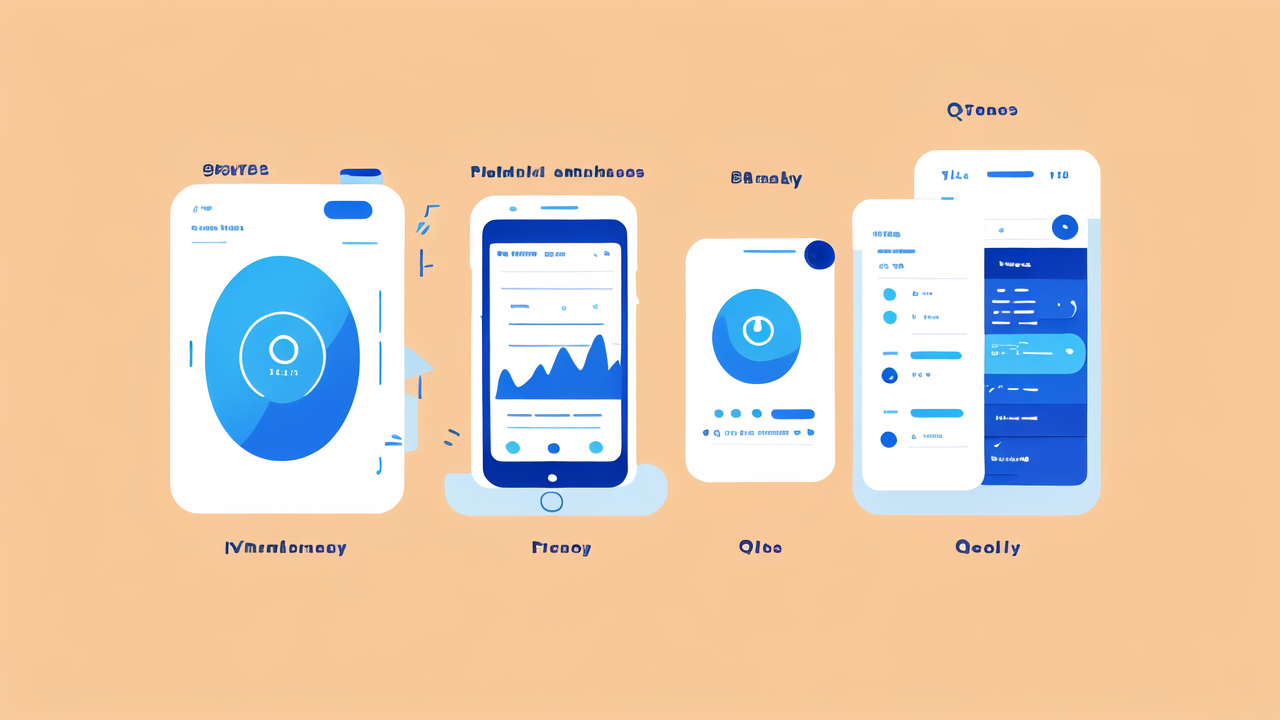The Evolution of Fitness Wearables: From Wrist to Clothing
The Wrist-Centric Approach to Fitness Tracking
Fitness tracking began with simple pedometers. It evolved into smartwatches and fitness bands. These devices wrap around our wrists, counting steps and monitoring heart rates. They've become a common sight in gyms and on streets across America. Wrist-worn trackers are easy to use and view. They offer quick access to data during workouts. Most are water-resistant, making them suitable for various activities. However, they have limitations. They can't track full-body movements or provide detailed metrics for specific exercises.

Advantages of Clothing-Based Fitness Solutions
Wearable clothing takes fitness tracking to a new level. It offers more accurate and comprehensive data. Smart shirts can monitor breathing patterns and posture. Intelligent socks track foot pressure and running form. These garments provide a fuller picture of your fitness. They're more comfortable for all-day wear. There's no need to charge a separate device. The sensors are part of what you're already wearing. This approach allows for more natural movement during activities. It can track metrics that wrist devices can't, like muscle activity and body temperature.
Integration of Sensors in Wearable Fashion
The key to clothing-based fitness tracking is advanced sensor technology. Tiny sensors are woven into fabric fibers. They're flexible and washable, making them practical for daily use. These sensors can detect a wide range of data points. They measure heart rate, respiration, and skin temperature. Some can even track hydration levels and muscle fatigue. The data is then sent to smartphones or other devices for analysis. This integration is seamless, making the clothing both functional and stylish. As technology improves, these sensors will become even smaller and more powerful.
Clothing as a Gateway to Enhanced Fitness Tracking
The Role of Fabric in Advanced Metrics
Smart fabrics are at the heart of wearable fitness clothing. These fabrics contain conductive fibers. They can transmit electrical signals and data. Some fabrics change properties based on body heat or moisture. This allows for real-time feedback on your workout intensity. Advanced fabrics can even help regulate body temperature. They cool you down or warm you up as needed. This technology enhances comfort during exercise. It also provides valuable data on how your body responds to different conditions. The future may bring fabrics that adapt to your body's needs in real-time.

Overcoming Obstacles: Wrist vs. Clothing Comparisons
Wearable clothing faces challenges in competing with wrist-worn devices. Smartwatches are established and familiar to consumers. They offer easy-to-read displays and multi-purpose functionality. However, clothing-based solutions are catching up. They provide more accurate data for full-body activities. They're less intrusive during sleep tracking. Clothing can monitor metrics across larger body areas. This gives a more complete picture of health and fitness. As technology improves, smart clothing may offer displays and interfaces rivaling watches.
Trends in Fashion and Fitness Tracking Convergence
The merging of fashion and fitness tech is gaining momentum. Designers are creating stylish smart clothing. They're combining form with function. This trend is appealing to fashion-conscious consumers. It's also attracting athletes looking for performance-enhancing gear. We're seeing collaborations between tech companies and fashion brands. This is leading to more attractive and wearable fitness solutions. The goal is to make fitness tracking a seamless part of our daily wardrobe. As this trend grows, we may see smart clothing become as common as smartphones.
The Impact of Wearable Fashion on Lifestyle and Wellness in the United States
Fitness Wearables in the American Lifestyle Market
Americans are embracing fitness technology more than ever. Wearable devices are a booming market in the US. They're not just for athletes anymore. Everyday people use them to track health and stay active. Smart clothing is the next frontier in this market. It appeals to those who want more from their fitness tech. Gyms and fitness centers are starting to incorporate smart clothing into their programs. This technology is becoming part of the American wellness culture. It's changing how people approach their health and fitness goals.

Changing Consumer Expectations and Behavior
As wearable tech evolves, so do consumer expectations. People want more than just step counts. They're looking for comprehensive health insights. Smart clothing can provide this depth of information. It's changing how people interact with their fitness data. Users expect seamless integration with their daily lives. They want technology that adapts to their routines, not the other way around. This shift is driving innovation in the wearable market. Companies are racing to meet these new demands with smarter, more intuitive products.
Future Prospects for Wearable Clothing in Health and Wellness
The future of wearable clothing in health and wellness looks bright. We can expect to see more advanced features in coming years. Clothing might monitor stress levels and suggest relaxation techniques. It could track nutrition and hydration needs based on activity. There's potential for early detection of health issues through continuous monitoring. Wearable clothing might even adjust to environmental conditions to optimize performance. As this technology becomes more affordable, it could revolutionize preventive healthcare. It has the potential to make personalized health tracking accessible to a wider population.
In conclusion, wearable clothing is set to transform fitness tracking. It offers a more holistic approach to health monitoring. As technology advances, we'll likely see smart clothing become as common as fitness watches. This shift promises to provide deeper insights into our health and fitness. It may well change how we approach wellness in our daily lives. The future of fitness tracking is moving beyond the wrist, weaving itself into the very fabric of our clothing.




Leave a comment
This site is protected by hCaptcha and the hCaptcha Privacy Policy and Terms of Service apply.